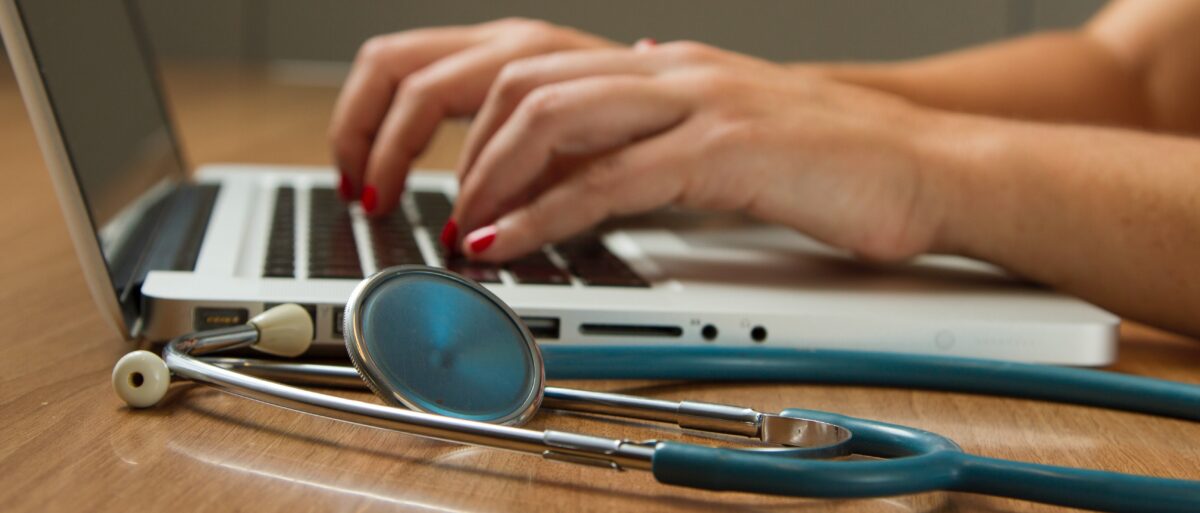Gertrude enjoying a well deserved drink during her performance.
In August 2020, famous tech entrepreneur Elon Musk revealed his latest technological project: a pig called Gertrude. On first sight, Gertrude looks like an ordinary Pig. She seems healthy, curious, and eager to taste some delicious snacks. When looking at her, it is hard to imagine how she managed to get one of the world’s most radical and well known tech entrepreneurs so excited. Gertrude just seems normal.
This is exactly the point!

Elon Musk “Gotcha”
Gertrude is no ordinary pig. She has been surgically implanted with a brain-monitoring chip, Link V0.9, created by one of Elon Musk’s latest start-ups named Neuralink.
Neuralink was founded in 2016, by Elon Musk and several neuroscientists. The short term goal of the company is to create devices to treat serious brain diseases and overcome damaged nervous systems. Our brain is made up of 86 billion neurons: nerve cells which send and receive information through electrical signals. According to Neuralink, your brain is like electric wiring. Rather than having neurons send electrical signals, these signals could be send and received by a wireless Neuralink chip.
To simplify: Link is a Fitbit in your skull with tiny wires
The presentation in August was intended to display that the current version of the Link chip works and has no visible side-effects for its user. The user, in this case Gertrude, behaves and acts like she would without it. The chip is designed to be planted directly into the brain by a surgical robot. Getting a Link would be a same day surgery which could take less than an hour. This creates opportunities for Neuralink to go to the next stage: the first human implantation. Elon Musk expressed that the company is preparing for this step, which will take place after further safety testing and receiving the required approvals.
The long term goal of the Neuralink is even more ambitious: human enhancement through merging the human brain with AI. The system could help people store memories, or download their mind into robotic bodies. An almost science-fictional idea, fuelled by Elon Musk’s fear of Artificial Intelligence (AI). Already in 2014, Musk called AI “the biggest existential threat to humanity”. He fears, that with the current development rate, AI will soon reach the singularity: the point where AI has reached intelligence levels substantially greater than that of the human brain and technological growth has become uncontrollable and irreversible, causing unforeseeable effects to human civilization. Hollywood has given us examples of this with The Matrix and Terminator. With the strategy of “if you cannot beat them, join them”, Elon Musk sees the innovation done by Neuralink as an answer to this (hypothetical) catastrophical point in time. By allowing human brains to merge with AI, Elon Musk wants to vastly increase the capabilities of humankind and prevent human extinction.

Man versus Machine
So, will we all soon have Link like chips in our brains while we await the AI-apocalypse?
Probably not. Currently, the Link V0.9 only covers data collected from a small number of neurons in a coin size part of the cortex. With regards to Gertrude, Neuralink’s pig whom we met earlier in this article, this means being able to wirelessly monitor her brain activity in a part of the brain linked to the nerves in her snout. When Gertrude’s snout is touched, the Neuralink system can registers the neural spikes produced by the neurons firing electronical signals. However, in contrast: major human functions typically involve millions of neurons from different parts of the brain. To make the device capable of helping patients with brain diseases or damaged nervous system, it will need to become capable of collecting larger quantities of data from multiple different areas in the brain.
On top of that, brain research has not yet achieved a complete understanding of the human brain. There are many functions and connections that are not yet understood. It appears that the ambitions of both Elon Musk and Neuralink are ahead of current scientific understanding.
So, what next?
Neuralink has received a Breakthrough Device Designation from the US Food and Drug Administration (FDA), the organisation that regulates the quality of medical products. This means Neuralink has the opportunity to interact with FDA’s experts during the premarket development phase and opens the opportunity towards human testing. The first clinical trials will be done on a small group of patients with severe spinal cord injuries, to see if they can regain motor functions through thoughts alone. For now a medical goal with potentially life changing outcomes, while we wait for science to catch up with Elon Musk’s ambitions.

Thank you for reading. Did this article spark your interest?
For more information, I recommend you to check out Neuralink’s website https://neuralink.com/
Curious how Gertrude is doing?
Neuralink often posts updates on their Instagram page https://www.instagram.com/neura.link/?hl=en
Want to read more BIM-articles like this?
Check out relating articles created by other BIM-students in 2020:
Sources used for this article:
- Boyle, A. (2020). With Elon Musk’s help, ‘Three Little Pigs’ demonstrate Neuralink’s brain implant. Retrieved from https://www.geekwire.com/2020/three-little-pigs-help-elon-musk-demonstrate-neuralinks-brain-implant/#:~:text=With%20grudging%20assistance%20from%20a,as%20an%20experimental%20medical%20device.
- CNET (2020). Watch Elon Musk reveal the Neuralink brain chip for the first time. Retrieved from: https://www.youtube.com/watch?v=ce-cETUd0W8
- National Geographic (2017). What is Technological Singularity? Origins: The Journey of Humankind. Retrieved from https://www.youtube.com/watch?v=gpKNAHz0zH8&feature=emb_title
- Neuralink (2020). Retrieved from: https://neuralink.com/


